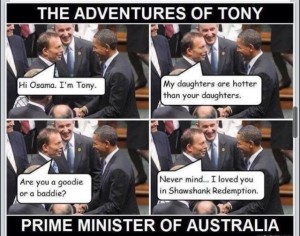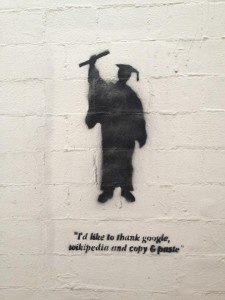Is the internet really a virtual network?
Adrian states that the internet isn’t actually virtual. It’s not some virtual online network that uses no power or electricity; in fact Google uses more power than the entire city of Melbourne. There’s nothing virtual about African and Chinese people assembling iPhones from dangerous toxic materials and sending it back to us. The internet literally has a carbon footprint. I’m a little confused that Adrian said the internet is in no way virtual. Obviously it’s not all online with no physical hubs whatsoever, but there’s definitely something virtual about it.
Popular culture and the long tail
I think Adrian answered this question really well by addressing every aspect to it (ok it was my question so I was really interested…)
Adrian compared it to retail; the most expensive thing in your store are your shelves. You definitely cannot afford to stock your shelves with obscure things all the way down the tail that one quirky person will buy every 4 months. Because of this, it’s easy to aim towards a low common denominator so it will appeal to a lot of people. This is the ‘mechanics of scarcity’. As a TV station can only show one show at a time, they have to make sure as many people view it as possible.
This is why despite the long tail and no more mechanics of scarcity (thanks to the immediacy of technology) there is still a popular culture, with summer pop tunes and epic blockbusters that are still successful; they appeal to the masses and are already proven to be popular and successful.



